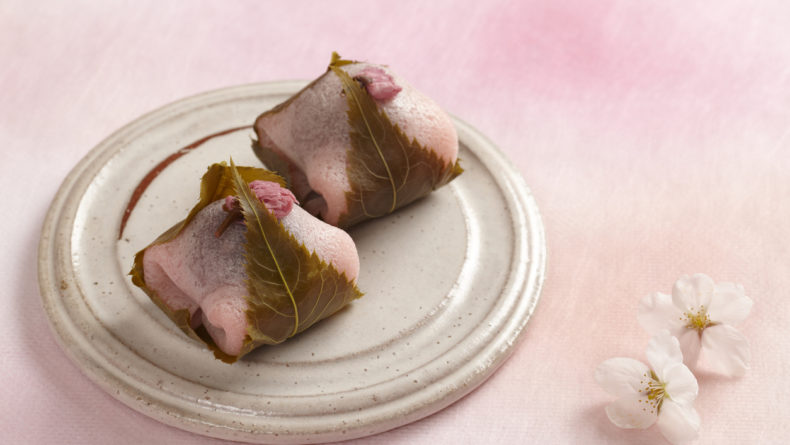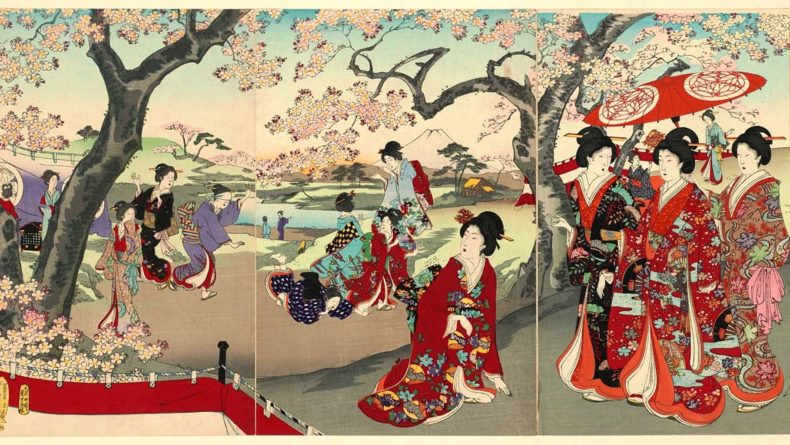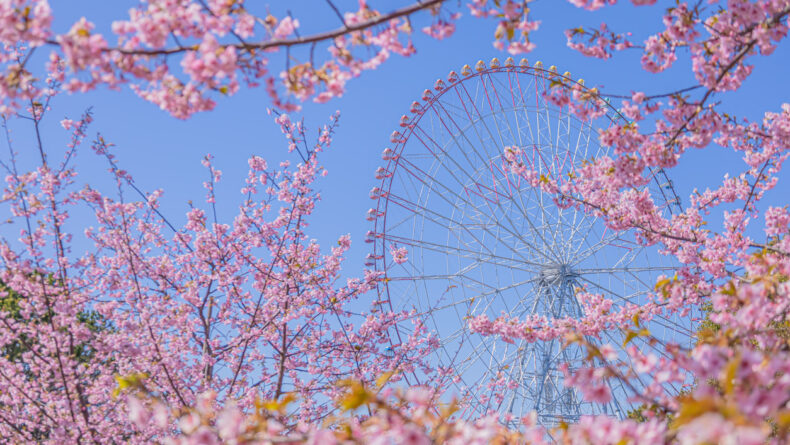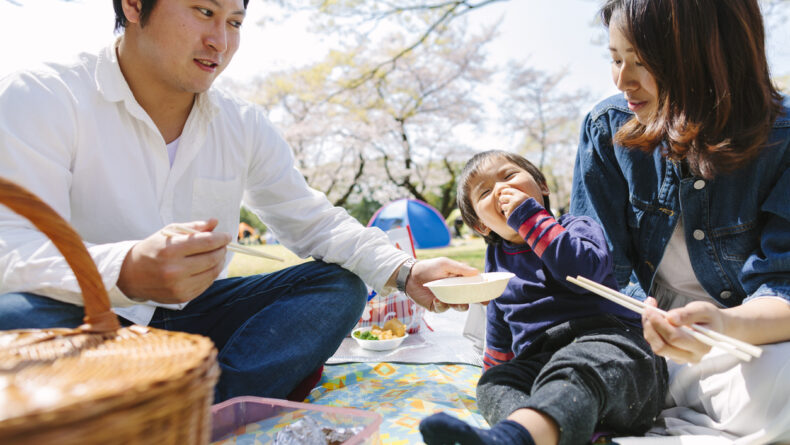All You Need to Know About Japanese Cherry Blossoms
Sakura Blooms
“Sakura, sakura, ima saki hokuru” (桜、桜、今咲き誇る; cherry blossom, now you are in full bloom) sang Naotaro Moriyama, son of the gorgeous Japanese folk and Jazz singer, Ryoko Moriyama.
There are countless songs written and sung about cherry blossoms, as it’s the most important season here in Japan. The time for children to graduate from one grade or school and move on to the next; the moment when your first career begins or you start a new one. Either way, it’s always been the epitome of change. It’s hard to fully comprehend how deeply this time of year resonates with the Japanese people. Perhaps we can embark on that journey by knowing the different types of cherry blossoms and how they are worshipped.
Somei Yoshino
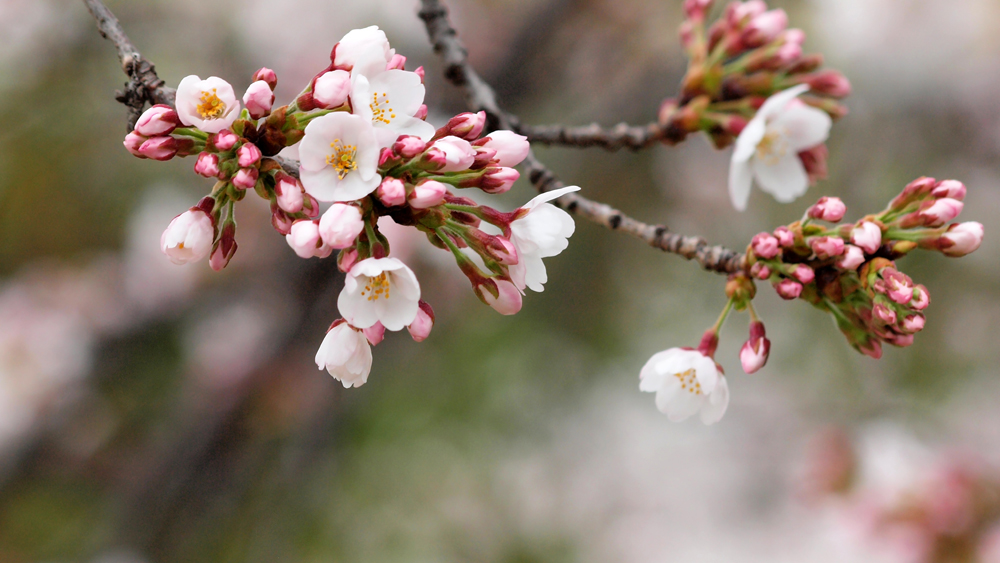
Somei yoshino (ソメイヨシノ) is a natural hybrid cherry of unknown origins. Initially it was believed to be from Nara prefecture. It’s the most popular type of flowering cherry tree in Japan and can be seen nationwide.
Yama Zakura
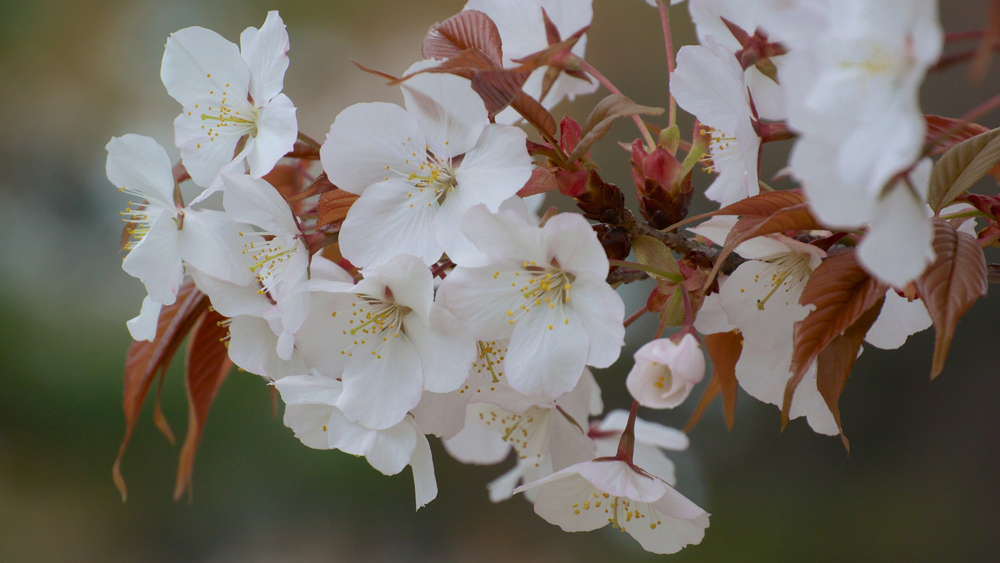
Yama zakura (ヤマザクラ), or hill cherry is native to Japan, China and Korea and often grows wild in rural areas. The tree is known for its short trunk and is often seen during hanami (花見; get drunk in public under cherry trees) season. In one small town in Akita prefecture, the bark of this type of tree is harvested and used to make items such as tea canisters and chopstick holders in a process known as kabazaiku (桜皮細工).
Oshima Zakura
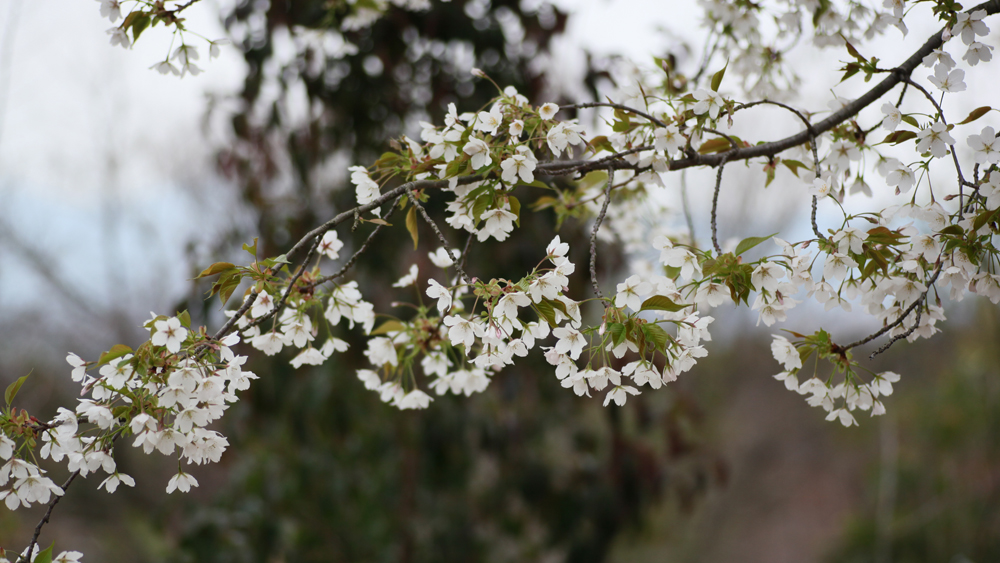
Oshima zakura (オオシマザクラ) is a beauty originating from the Izu peninsula near the city of Yokohama. Apparently the fruit is edible and the flowers are dried to make tea. The leaves are also used in certain types of cooking, perhaps like basil, as they are very fragrant. It’s also used to make medicine.
Edohigan
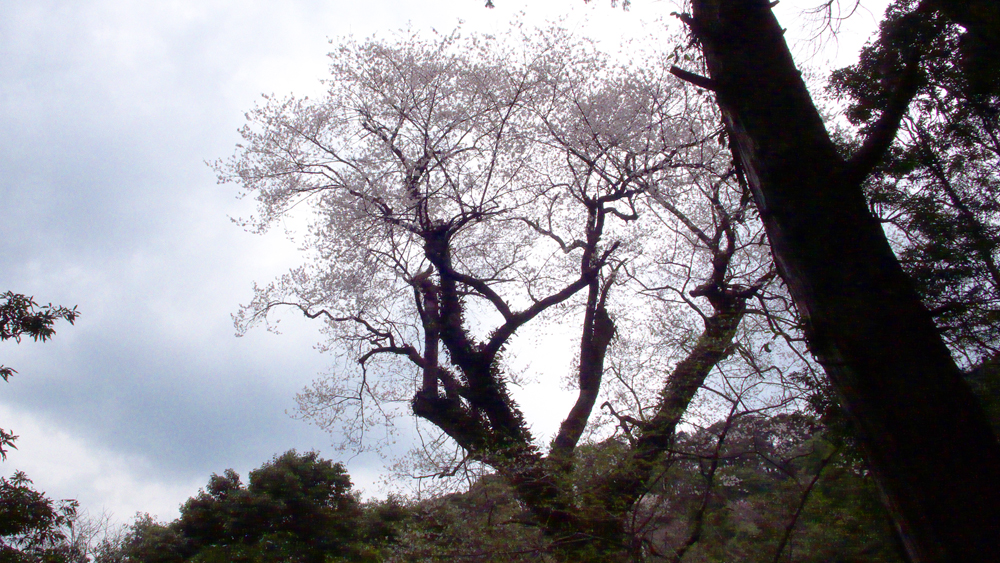
Edohigan (エドヒガン)—named after the Buddhist holiday Ohigan (お彼岸; spring and autumnal equinox), celebrated exclusively in Japan. Naturally, its name comes from the tree posing its blossoms on or around the day of the spring equinox.
Shidare Zakura
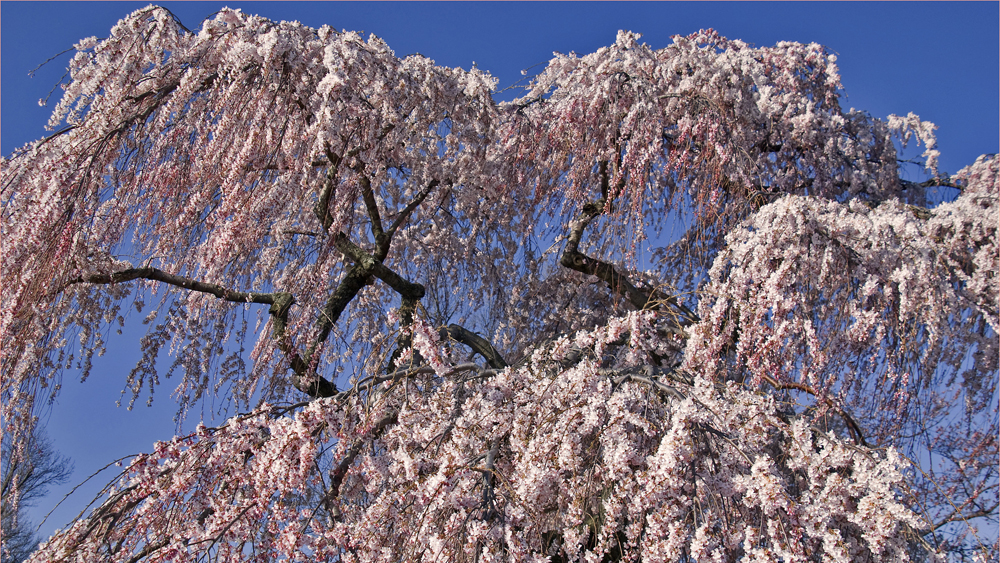
Shidare zakura (シダレザクラ) has tender branches that stoop down to the earth, as if forever sighing from the weight of their beauty. Sometimes called a weeping cherry, may be more familiar with the weeping willow, its distant cousin.
Yaezakura

Yaezakura (ヤエザクラ) is a type of “double-flowered” (八重咲き; yaezaki) cherry blossom, with up to 300 petals in a single bloom. Some other yaezaki flowers are roses, carnations and camellias.
Kawazu Zakura
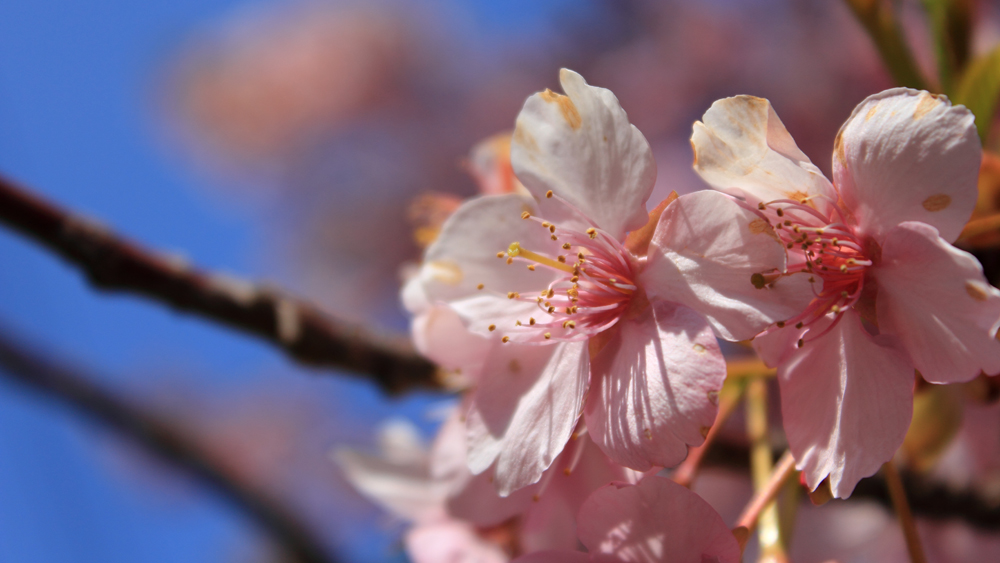
Kawazu zakura (カワヅザクラ) has a long blooming period of one whole month, and the flowers open much sooner than the other types of sakura. To the naked eye, it bears a striking resemblance to somei yoshino, except the color of the flower is a darker pink.
Below are just a few recommendations of where you can enjoy most of the kinds of cherry blossoms mentioned above:
Shinjuku Gyoen
10-minute walk from Shinjuku station, open from 9 a.m. to 4:30 p.m., ¥200 entrance fee.
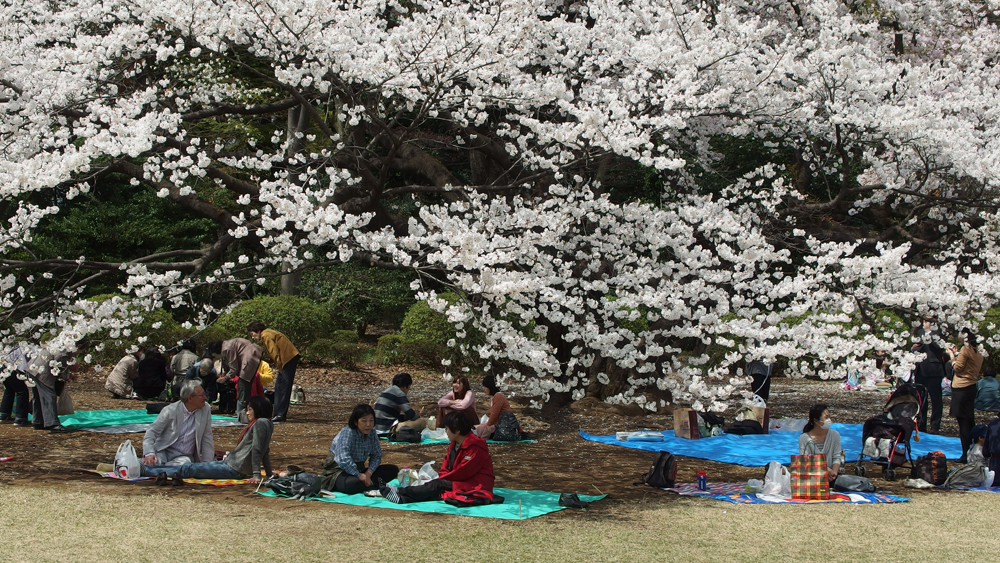
The park has large grassy areas with over a thousand cherry trees representing dozens of varieties. Shinjuku Gyoen is also popular with the late hanami crowd, as it has quite a few late bloomers.
Ueno Park
Just a couple of steps from Ueno station, park exit. Admission free.
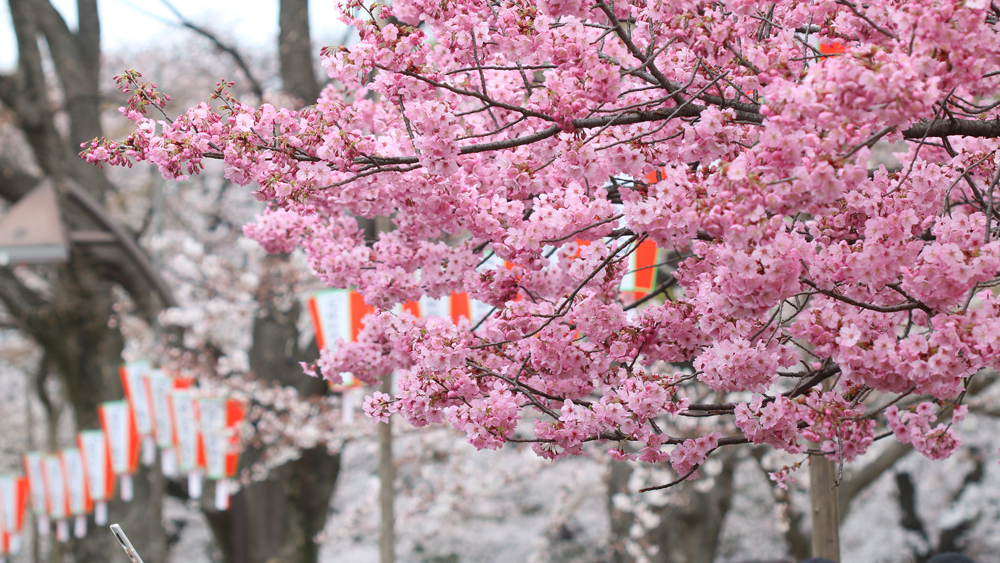
One of Tokyo’s most crowded hanami spots, Ueno Park has over a thousand trees all around the National Museum and Shinobazu Pond. Most of the blossoms are somei yoshino and open a few days earlier than most spots in Tokyo.
Sumida Park (Riverside)
Two to three minutes from Asakusa station. Admission free.
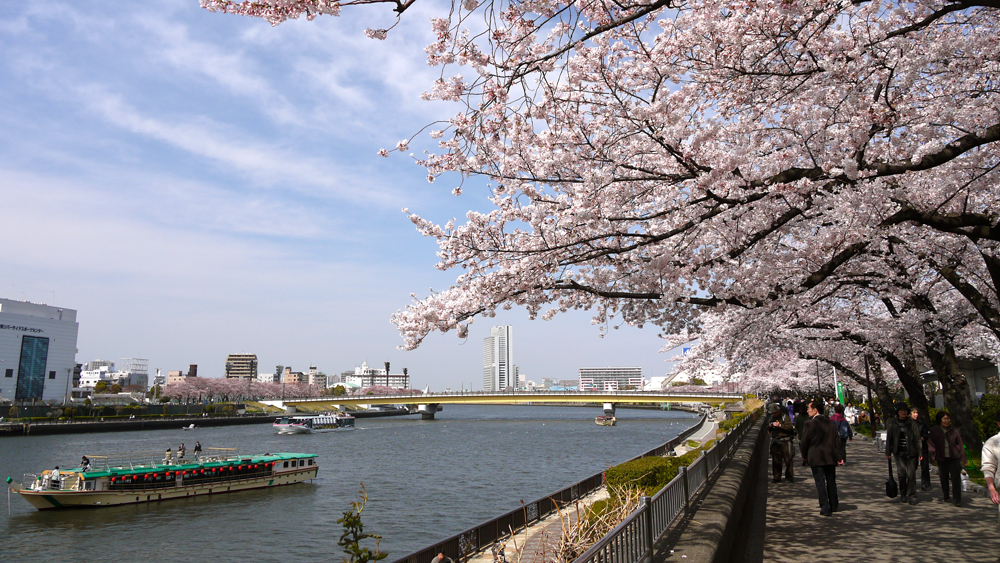
Stretching over a few hundred meters, Sumida Park is alongside Tokyo’s most famous river—the Sumida. This hanami spot is lovely if you fancy a stroll and not just sit picnic-style lounging. It is also lit up at night, giving it a romantic glow that is perfect for post-dinner wooing.
Chidorigafuchi
Kudanshita station. Admission free.
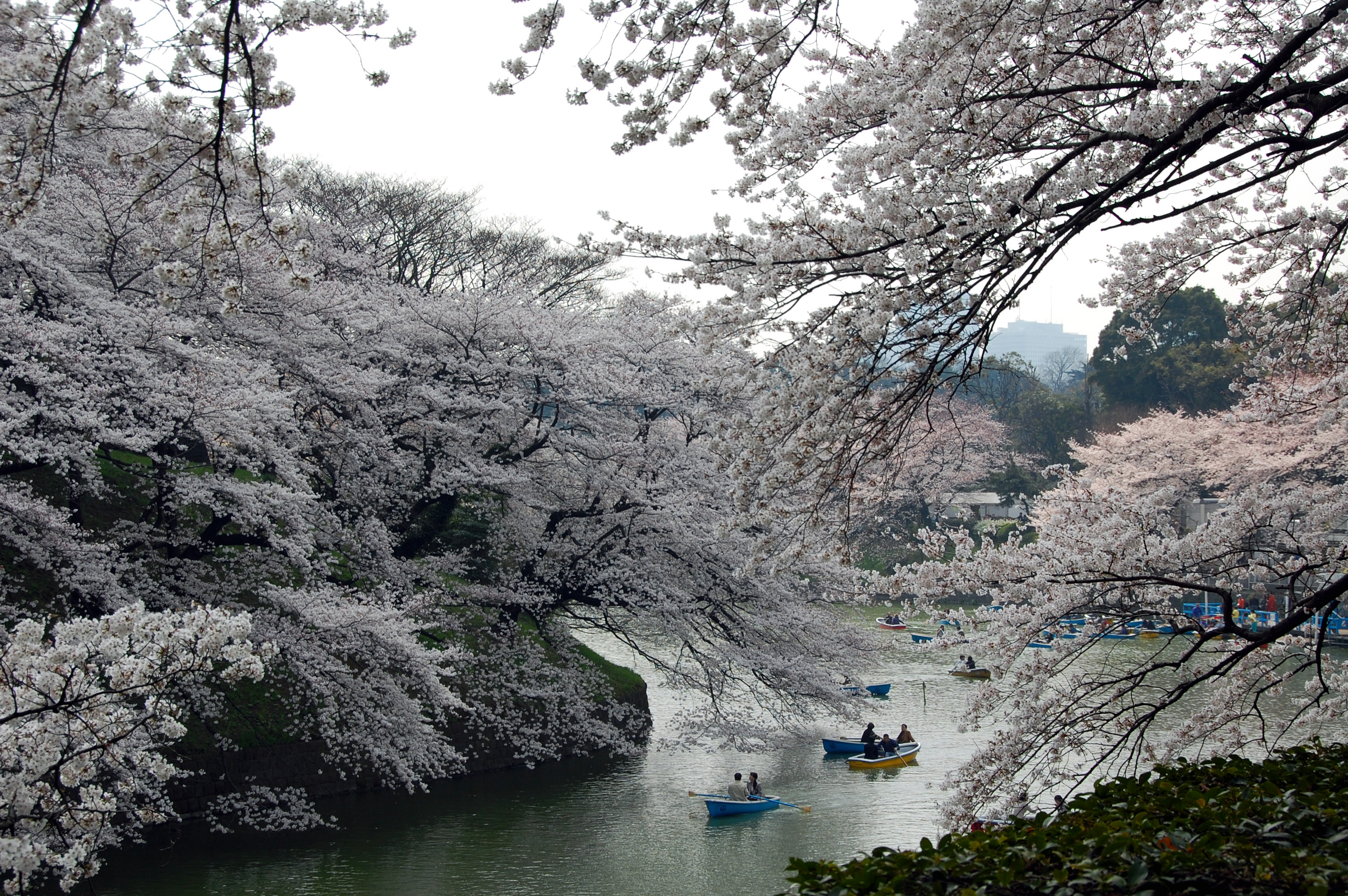
Decorating the moats of the old Edo castle ruins, the hundreds of cherry trees are a sight for sore eyes. Rowboats are available for rent. Kudanshita is also home to the famous Yasukuni shrine, source of annual complaints from Japan’s neighbors every August but a friendly party place during hanami season. There are another thousand or so cherry trees planted in the vicinity.
Rikugien Gardens
Seven minutes from Komagome station or 10 minutes from Sengoku station, open from 9 a.m. to 5 p.m. (entry until 4:30 p.m.), ¥300 per person.
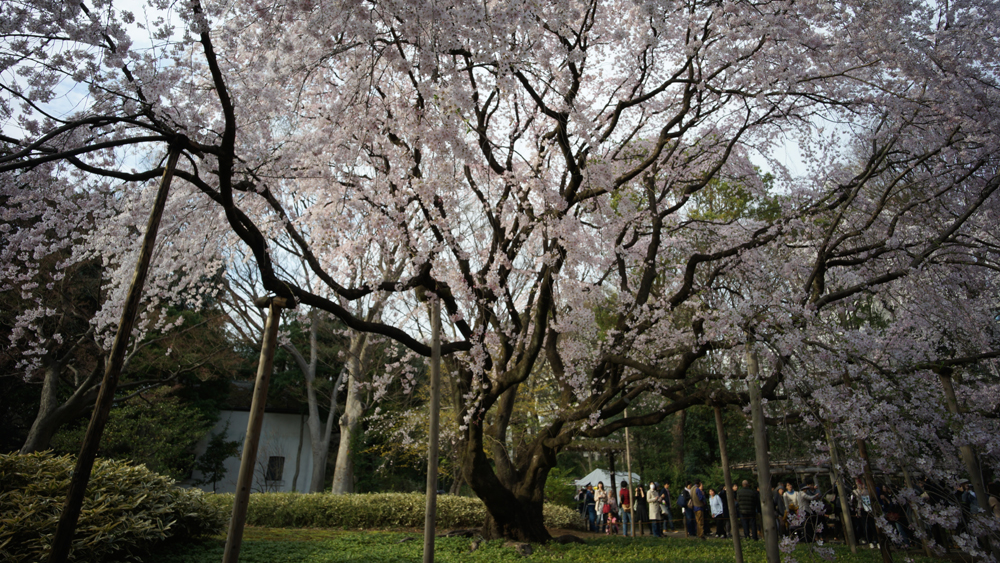
This garden is known for its beauty of a tree—the great shidare zakura, or weeping cherry tree. The gardens opened in 1938 and are home to a lovely Japanese Tea House called Gishun-Tei where you can enjoy the traditional tea ceremony rooms for a sum of ¥7,400 for up to five people.
For more of Tokyo’s top hanami spots, click here. Stay safe and keep a distance when visiting these busy areas.
The prettiest season of the year is back! As Japan turns shades of pink, sakura, or cherry blossoms, will surely saturate your social media feeds. For 2021 we want to see how you celebrate sakura whilst social distancing and staying safe from the coronavirus. So instead of heading out to a people-packed sakura spot, tag your best socially distanced sakura-inspired photo or home hanami picnic with #SafeSakura for a chance to be featured on our official SavvyTokyo Instagram!
Not much of a photographer? That’s all good! You can enter our contest with anything sakura-inspired. Share your artwork, makeup looks, sakura styles, relatable videos, or even some fun sakura finds from your local supermarket or conbini with the same hashtag. #SafeSakura We look forward to seeing your amazing submissions, just make sure to stay safe and avoid the crowds!
P.S. Don’t forget to #SavvyTokyo too and join us in representing team Savvy!













